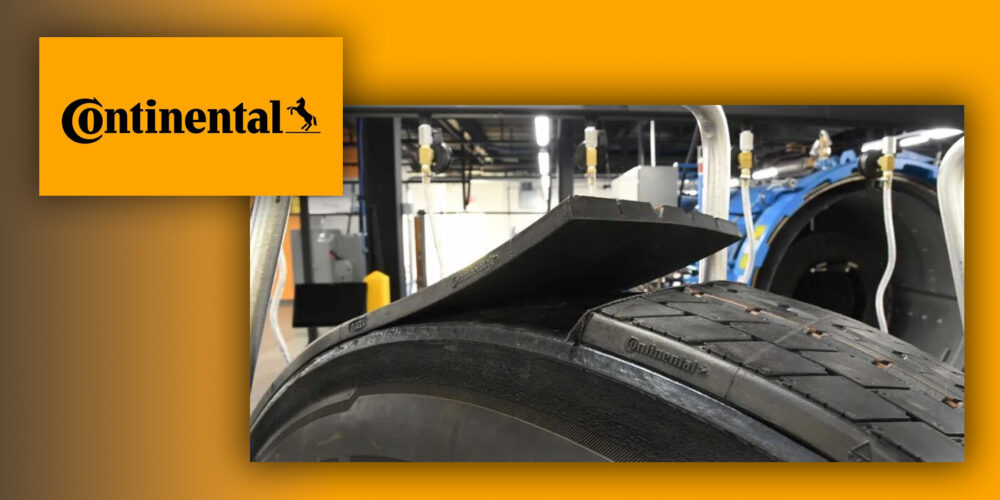Not many years ago, most industry veterans would have characterized our industry as conservative, resistant to change and in some cases, downright stubborn to accept new ideas. That may have been true for many fleets, but today a number of changes are being forced on fleets, some by regulations, and others by an intensely competitive transportation market. Let’s take a look at how some trends and regulations could affect your equipment and maintenance practices, especially tires.
First, consider that operating temperatures, namely heat over time, play a major role in defining truck tires’ overall performance, especially treadwear and durability. Four primary variables contribute to tire operating temperatures: loads, inflation pressures, speeds and ambient conditions in the immediate area of the tire and wheel assembly. It is helpful, then, to look at expected changes in these conditions to assess the effects on tire performance.
One recently publicized industry initiative is to revise pallet dimensions and loading procedures to pack trailer freight more densely on loads that cube out before reaching maximum GVWR. This productivity enhancement can be expected to marginally increase tire loads, but likely not enough to consider tire size or load-range changes. However, these changes will definitely make proper inflation maintenance and scheduled tire inspections more important. Similarly, improvements in capacity utilization such as reduced percentage of empty or lightly loaded backhauls will make any inflation
maintenance or slow leak detection issues more visible. A more dramatic tire consideration would result from an industry proposal to permit highway truck load limits of 97,000 lbs. –– up from the current 80,000 lbs. –– in the interests of improved fuel economy and productivity (details at www.trucksdeliver.org; click on “more productive combinations”). The specifics of truck and axle/tire loading considerations have not yet been detailed, but changes in either tire size, load range or the number of tires (even axles per truck) would necessarily result. European experience with three-axle trailers has shown dramatic differences in tire wear rates by axle compared to North American experience of similar tire wear on our typical close-coupled tandem trailer axles.
Improving aerodynamics also affects tires. It is well established that reducing the turbulent-prone open wheel well area between the truck bottom and the road surface helps fuel economy. Simply stated, lower trucks are better for fuel economy. Combined with smoother side airflow patterns and larger front axle brakes, this can result in hotter running steer tires. This should change tire selection, but performance margins may be more critical if inflation maintenance and inspection for tire damage aren’t up to snuff.
Trucks certified for 2010 emission requirements will, in most cases, be equipped with urea tanks and other equipment that will increase vehicle tare weight. Since the majority of highway trucks carry cube-limited loads, this extra weight will be a constant, using a slightly higher percentage of tire/wheel assembly load capacity.
An additional wear factor is torque transfer, both acceleration (drive tires) and braking (all wheel positions). As an example, compare two tractors using the same engine torque ratings, one with a single drive axle versus one with tandem drives. Tire wear differences of 35% to 45% are expected. Consider that new braking regulations expected within the next year are likely to impose a 30% reduction in highway truck stopping distances. Added hardware weight, front axle braking torque and forward weight transfer will cause steer tires to wear at a slightly faster rate. The faster overall wear will tend to restrict the development of irregular wear typical of older, more free-rolling front wheel positions.
The newly issued TMC publication, Radial Tire and Disc Wheel Service Manual (T0122), is an excellent reference and one-stop shopping source for nearly all of the current industry recommendations. Also, most tire and wheel suppliers offer training assistance for fleet technicians.












